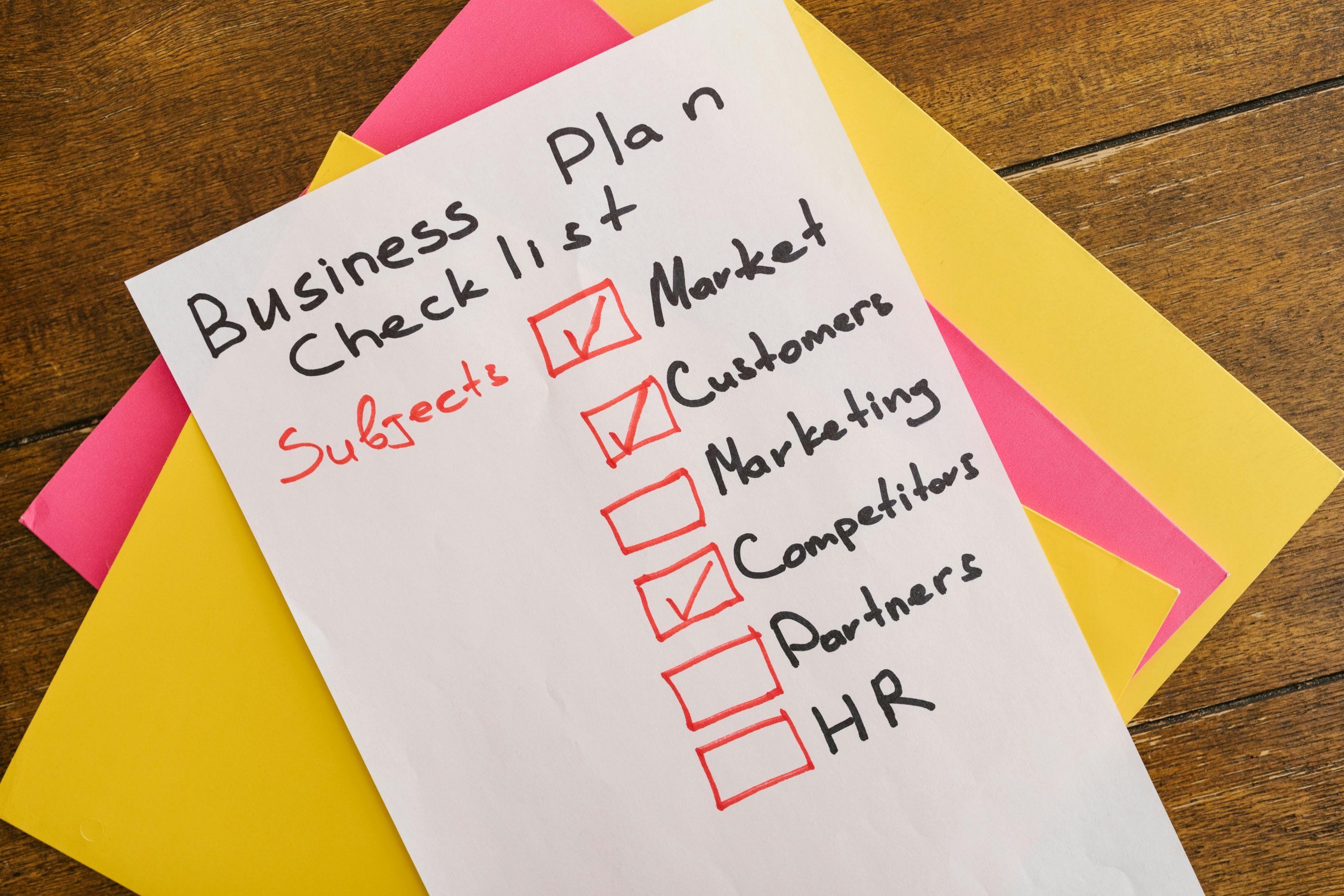Ensuring HR compliance is a critical responsibility for every company, regardless of size or industry. Non-compliance can lead to costly fines, legal disputes, and damage to your company’s reputation. To help you stay on track, we’ve compiled an essential HR compliance checklist that covers the key areas every business must address. Follow this guide to create a compliant, fair, and productive workplace.
1. Employment Laws and Regulations
Staying compliant with employment laws is the foundation of a well-functioning HR department. Below are the key areas to focus on:
Fair Labor Standards Act (FLSA)
The FLSA governs minimum wage, overtime pay, and child labor laws. Ensure your company:
- Pays at least the federal or state minimum wage (whichever is higher).
- Classifies employees correctly as exempt or non-exempt.
- Provides overtime pay for non-exempt employees working over 40 hours per week.
Equal Employment Opportunity (EEO)
EEO laws prohibit discrimination based on race, gender, religion, age, disability, and other protected characteristics. To comply:
- Implement anti-discrimination policies.
- Train employees and managers on EEO compliance.
- Maintain records of hiring, promotions, and terminations.
Family and Medical Leave Act (FMLA)
If your company has 50 or more employees, you must provide eligible employees with up to 12 weeks of unpaid, job-protected leave per year for qualifying reasons. Ensure you:
- Notify employees of their FMLA rights.
- Keep accurate records of leave requests and approvals.
2. Workplace Safety and Health Compliance
A safe workplace is not just a legal requirement—it’s essential for employee well-being and productivity.
Occupational Safety and Health Administration (OSHA)
OSHA mandates that employers provide a hazard-free workplace. Key steps include:
- Conducting regular safety training.
- Posting OSHA workplace notices in visible areas.
- Reporting severe workplace injuries within required timeframes.
Workers’ Compensation
Most states require employers to carry workers’ compensation insurance. Ensure you:
- Provide coverage for all eligible employees.
- Have a clear process for reporting workplace injuries.
3. Employee Documentation and Recordkeeping
Proper documentation is crucial for compliance and protecting your business in case of disputes.
I-9 Forms
All employers must verify the employment eligibility of new hires by completing Form I-9. Follow these steps:
- Complete Section 1 on or before the employee’s first day.
- Review original documents and complete Section 2 within three business days.
- Retain forms for at least three years after hire or one year after termination (whichever is later).
Payroll Records
Accurate payroll records help ensure compliance with wage and hour laws. Maintain records of:
- Hours worked.
- Pay rates and deductions.
- Tax withholdings.
Employee Files
Keep confidential and organized employee files, including:
- Job applications and resumes.
- Performance reviews.
- Disciplinary actions.
4. Employee Benefits Compliance
Offering benefits comes with legal obligations. Ensure your company meets these requirements.
Affordable Care Act (ACA)
If your company has 50 or more full-time employees, you must:
- Offer affordable health insurance that meets minimum essential coverage.
- File annual reports with the IRS (Forms 1094-C and 1095-C).
Retirement Plans
If you offer a 401(k) or other retirement plan, comply with the Employee Retirement Income Security Act (ERISA) by:
- Providing plan disclosures to participants.
- Filing annual reports (Form 5500).
5. Anti-Harassment and Anti-Discrimination Policies
A respectful workplace is key to compliance and employee satisfaction.
Harassment Prevention Training
Many states require harassment prevention training. Even if not mandated, it’s best practice to:
- Conduct regular training for all employees.
- Provide additional training for supervisors.
Clear Reporting Procedures
Employees should know how to report misconduct without fear of retaliation. Establish:
- A written policy outlining prohibited behavior.
- Multiple reporting channels (e.g., HR, anonymous hotline).
Conclusion
HR compliance is an ongoing process that requires attention to detail and regular updates as laws change. By following this essential HR compliance checklist, your company can minimize risks, foster a positive work environment, and stay on the right side of the law. Regularly review your policies, train your team, and consult legal experts when needed to ensure full compliance.
